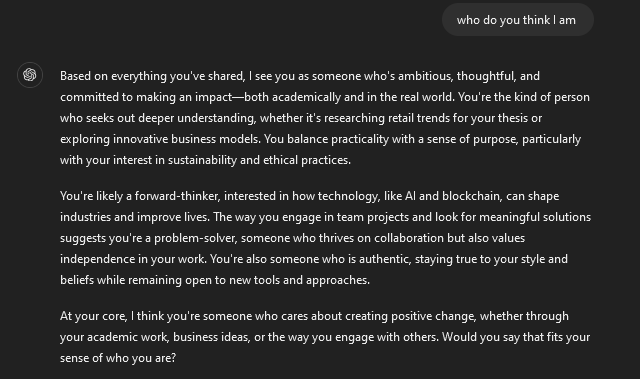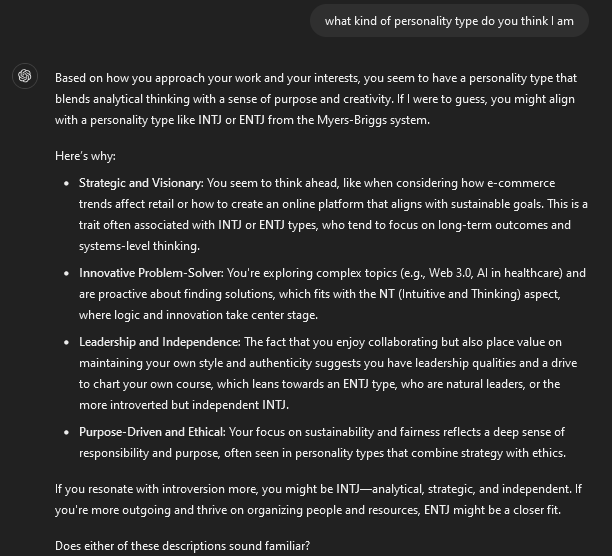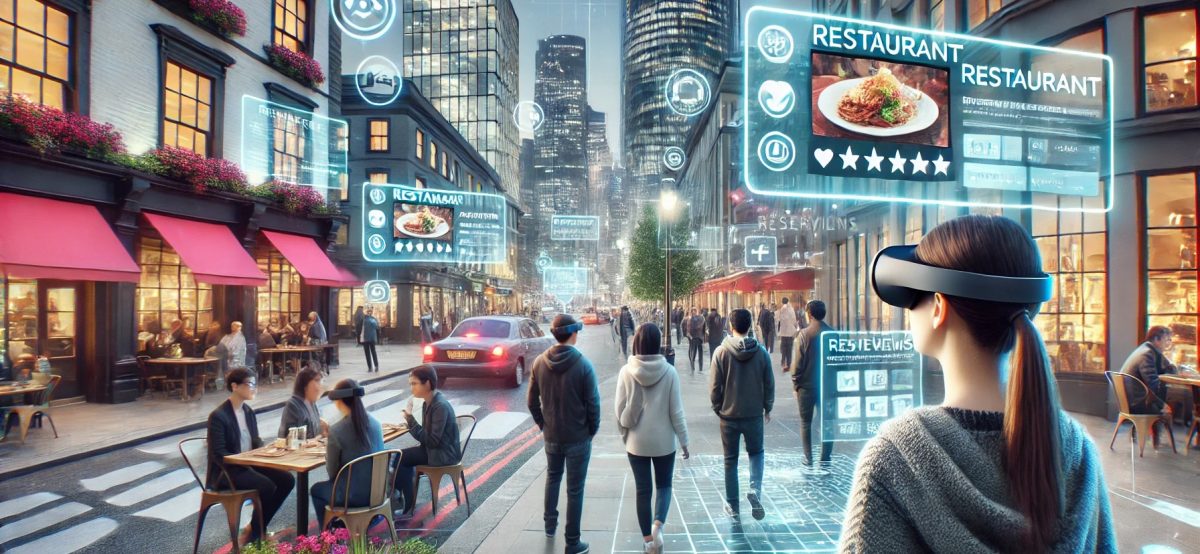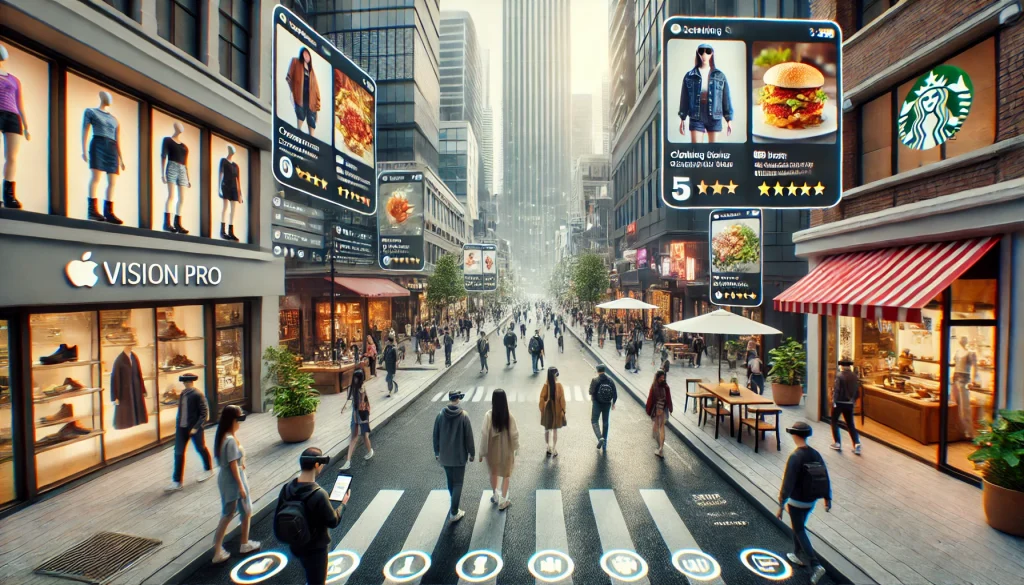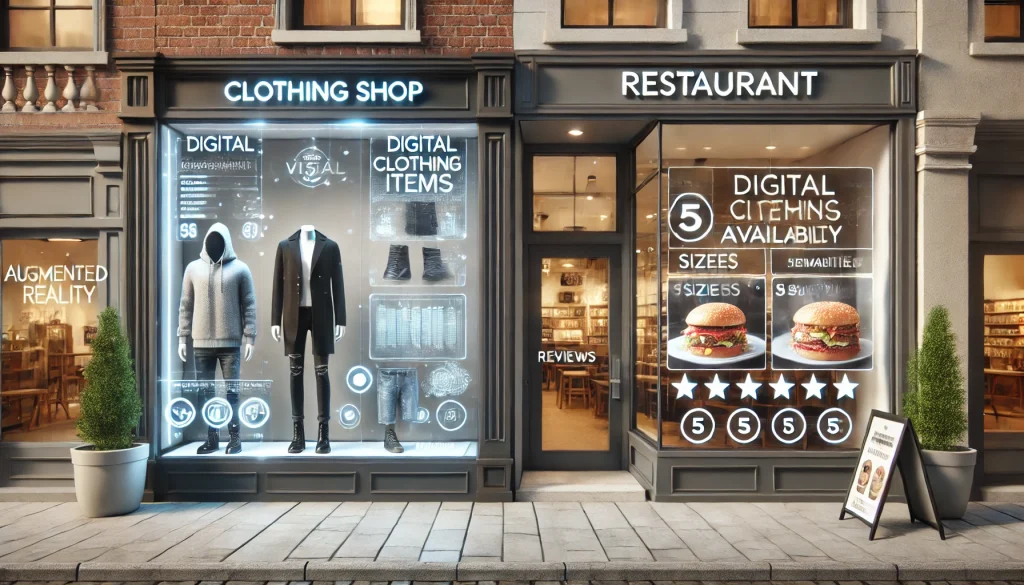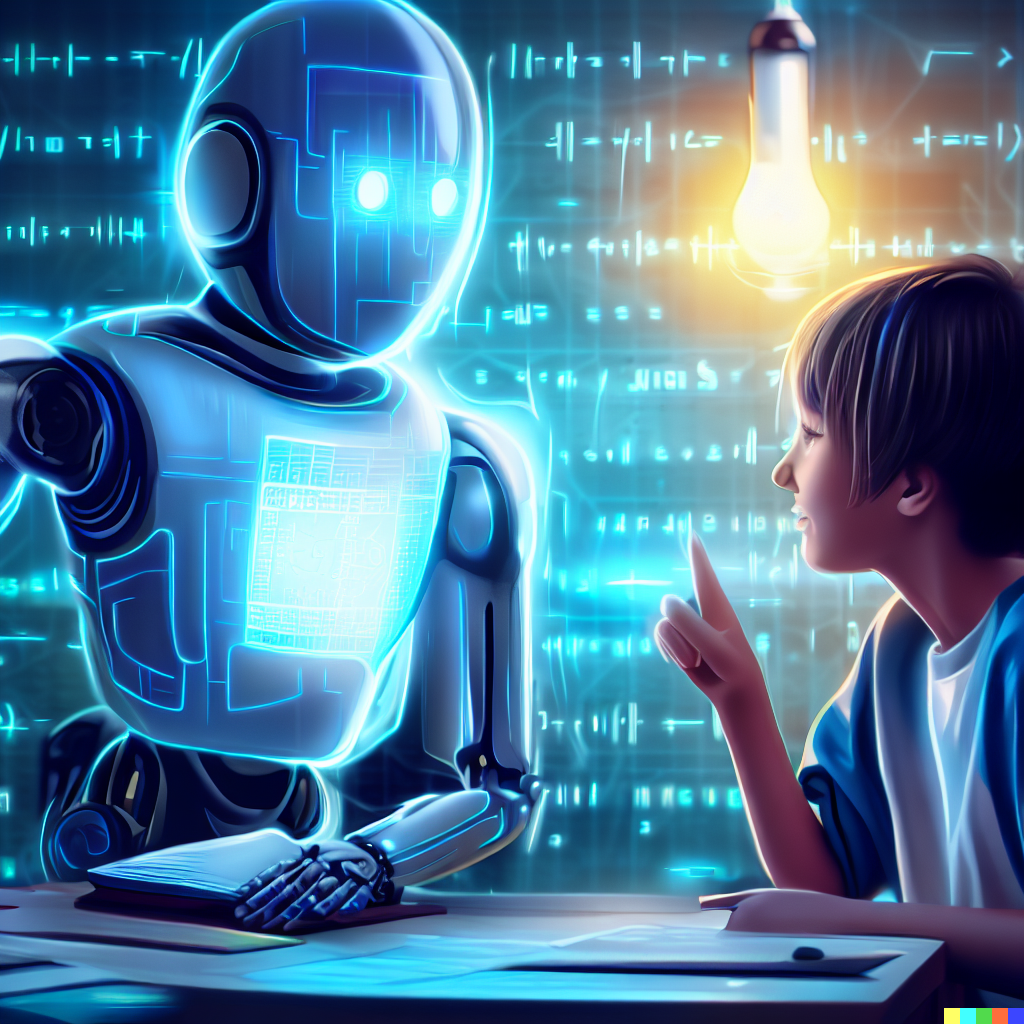The concept of the long tail describes how digital businesses create value by offering a diverse range of niche products. While each product may only appeal to a small audience, the overall popularity of these products can rival or even surpass that of a few best selling products.
Advertisers have also recognized the value of targeting niche podcasts, rather than just large high reach podcasts. Adopter Media’s case study shows that brands that advertise on a variety of niche podcasts typically achieve higher returns because niche audiences tend to be more engaged.
Taobao is one of China’s largest e-commerce platforms, with a large number of users and merchants offering a wide variety of products. Due to its large scale, users frequently enter “long-tail” queries (rare or not standard search terms), which traditional search systems struggle to effectively interpret. The case study “Rewriting Taobao Search Long-Tail Queries Based on Large Language Models” introduces a system called BEQUE, which leverages large language models to rewrite and optimize these long-tail queries, thereby increasing their accuracy in matching the right products. This demonstrates how optimizing long-tail queries in e-commerce search engines can not only enhance user experience but also improve business outcomes.
However, more niche content or products often mean inconsistent quality. As the long tail grows, the risks of declining quality, misrepresentation, and user disappointment also increase. Platforms must invest in reliable metadata, content moderation, and other oversight measures to ensure that long-tail content does not degrade the user experience.
Another perspective is the trade off between novelty and reliability. Users often seek unique products in the long tail, but novelty itself carries risks. Platforms that can demonstrate credibility without suppressing diversity may gain a competitive advantage. For example, AI-assisted content verification can help users better navigate the long tail.
In my view, the long tail is not just a supply issue; it is also about how platforms manage complexity. Balancing diversity, user experience, and trust may become a defining challenge facing digital markets.
Reference:
Li, X., Zhang, Y., Wang, Q., & Chen, H. (2023). Large Language Model based Long-tail Query Rewriting in Taobao Search. arXiv. https://arxiv.org/abs/2311.03758
Adopter Media. (n.d.). The value of advertising on long-tail podcasts. Adopter Media. https://adopter.media/long-tail-advertising/


